Description
-
-
Matthieu Wiegman, together with Leo Gestel and Arnout Colnot, formed the driving force within the Bergense School. Matthieu Wiegman arrived in Bergen with Joop Fekkes in 1911, when he had finished his studies at the Academy in Amsterdam. The academy period was important to Wiegman for several reasons; he was brought into the Amsterdam art world and the fast and alert young painter who showed his ability to build good social contacts throughout his life was not missing at any event. He was also one of the first and most ardent admirers of Cezanne’s work. Wiegman came from a strict Catholic family and, despite the many problems the family was going through, did not break with the Church. In 1909, he began the drafting of his first religious painting, The Preaching of St Willibrord. Throughout his career, Wiegman has created many religious scenes. In Bergen Matthieu Wiegman was surrounded by other painters with a different way of thinking and living than was usual in turbulent Amsterdam.; he increasingly lost the influence of the monumental painters, whose ideas were still taught at the Academy. The Bergen painters pointed out the new possibilities to him, and through them he also got to know other aspects of being an artist. the genuine search for a new content of the work. Wiegman participated to his heart’s content. He threw himself especially into luministic work with full dedication. Matthieu Wiegman was one of the painters of the Bergen School who would often travel across borders in his later life, especially to France.
Important elements in Wiegman’s work are the interplay of color and form. They are complexes of color areas, closely related to what Cezanne had in mind. Not the color the Impressionists played with, light that caressed the eyes and blurred the landscape in form. For Wiegman, light is a source of emotion. Within the painters of the Bergense School, Wiegman was the most optimistic of the group. The melancholy that is so characteristic of much of the work from the Bergen School can also be found in him, but it is driven by a great vitality, a driving force, which gives the work a young, resilient impression. Over the years, we see that element in Wiegman’s work increasingly predominate until the last 20 years of his life, in which he uses the brightest and hardest colors that a person can bring to the canvas. and at the same time testify to a vitality that is unparalleled within the Bergen School, a remarkable rejuvenation as well, as a result of which Matthieu Wiegman remained an interesting artist well after the Second World War, unlike many other Bergen residents. Wiegman, the eternal youth, Wiegman, the youthful old man, those are the qualifications that are attributed to him in publications until his death. His still lifes were important to Wiegman’s oeuvre.
-
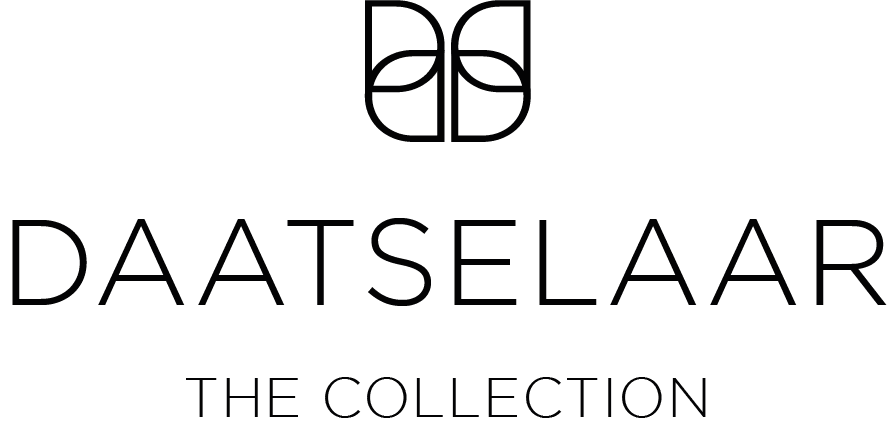
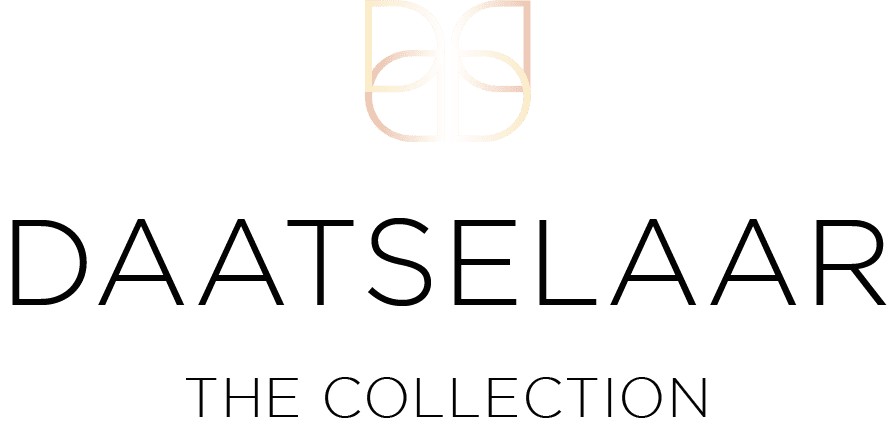


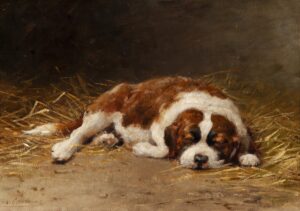
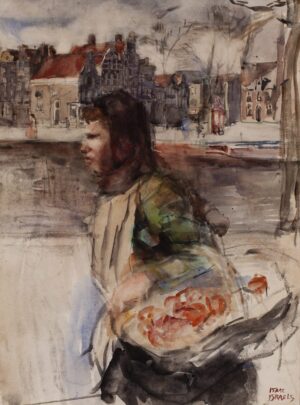
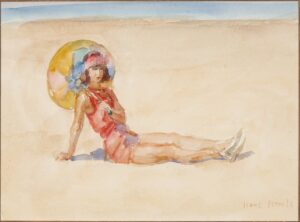
Reviews
There are no reviews yet.